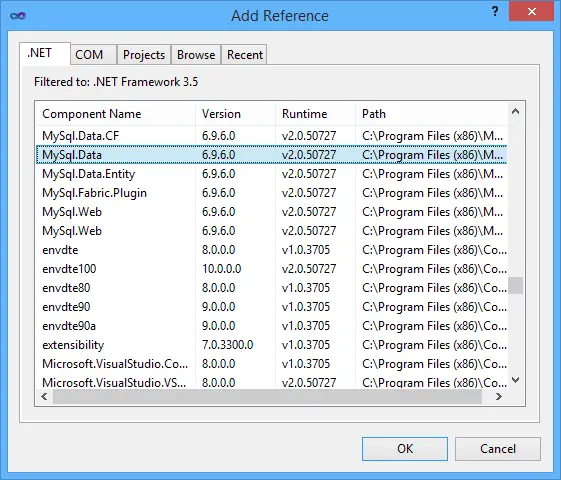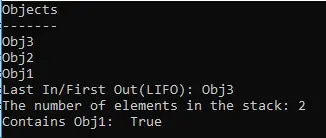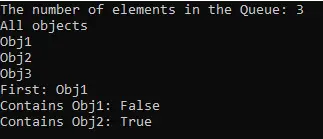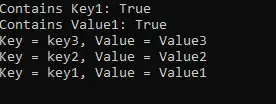This example shows how to insert ,update, delete and select data in MySQL.
Firstly, you should install MySql Data Connector program.
https://dev.mysql.com/downloads/connector/net/6.9.html
Then, we need to add a reference to the MySyql.Data
- Go to solution explorer of your project
- Select add a reference
- Click on .Net Tab
- Select MySql.Data

Select Command Example:
string connectionString = @"server=localhost;userid=user1;password=12345;database=mydb";
MySqlConnection connection = null;
MySqlDataReader reader = null;
try
{
connection = new MySqlConnection(connectionString);
connection.Open();
string stm = "SELECT * FROM Customers";
MySqlDataAdapter dataAdapter = new MySqlDataAdapter();
dataAdapter.SelectCommand = new MySqlCommand(stm, connection);
DataTable table = new DataTable();
dataAdapter.Fill(table);
return table;
}
finally
{
if (reader != null)
reader.Close();
if (connection != null)
connection.Close();
}
Insert Command Example:
string connectionString = @"server=localhost;userid=user1;password=12345;database=mydb";
MySqlConnection connection = null;
try
{
connection = new MySqlConnection(connectionString);
connection.Open();
MySqlCommand cmd = new MySqlCommand();
cmd.Connection = connection;
cmd.CommandText = "INSERT INTO Customers(Name) VALUES(@Name)";
cmd.Prepare();
cmd.Parameters.AddWithValue("@Name", "Bill Gates");
cmd.ExecuteNonQuery();
}
finally
{
if (connection != null)
connection.Close();
}
Update Command Example:
string connectionString = @"server=localhost;userid=user1;password=12345;database=mydb";
MySqlConnection conn = null;
MySqlTransaction tr = null;
try
{
conn = new MySqlConnection(connectionString);
conn.Open();
tr = conn.BeginTransaction();
MySqlCommand cmd = new MySqlCommand();
cmd.Connection = conn;
cmd.Transaction = tr;
cmd.CommandText = "UPDATE Customers SET Name='Bill Gates' WHERE Id=1";
cmd.ExecuteNonQuery();
cmd.CommandText = "UPDATE Books SET Title='New Title' WHERE Id=2";
cmd.ExecuteNonQuery();
tr.Commit();
}
catch (MySqlException ex)
{
tr.Rollback();
}
finally
{
if (conn != null)
conn.Close();
}
Delete Command Example:
string connectionString = @"server=localhost;userid=user1;password=12345;database=mydb";
MySqlConnection connection = null;
try
{
connection = new MySqlConnection(connectionString);
connection.Open();
MySqlCommand cmd = new MySqlCommand();
cmd.Connection = connection;
cmd.CommandText = "delete from Customers where ID='" + "1" + "';";
cmd.ExecuteNonQuery();
}
finally
{
if (connection != null)
connection.Close();
}
See Also: Select,Insert,Update,Delete Data in Access File using C#



